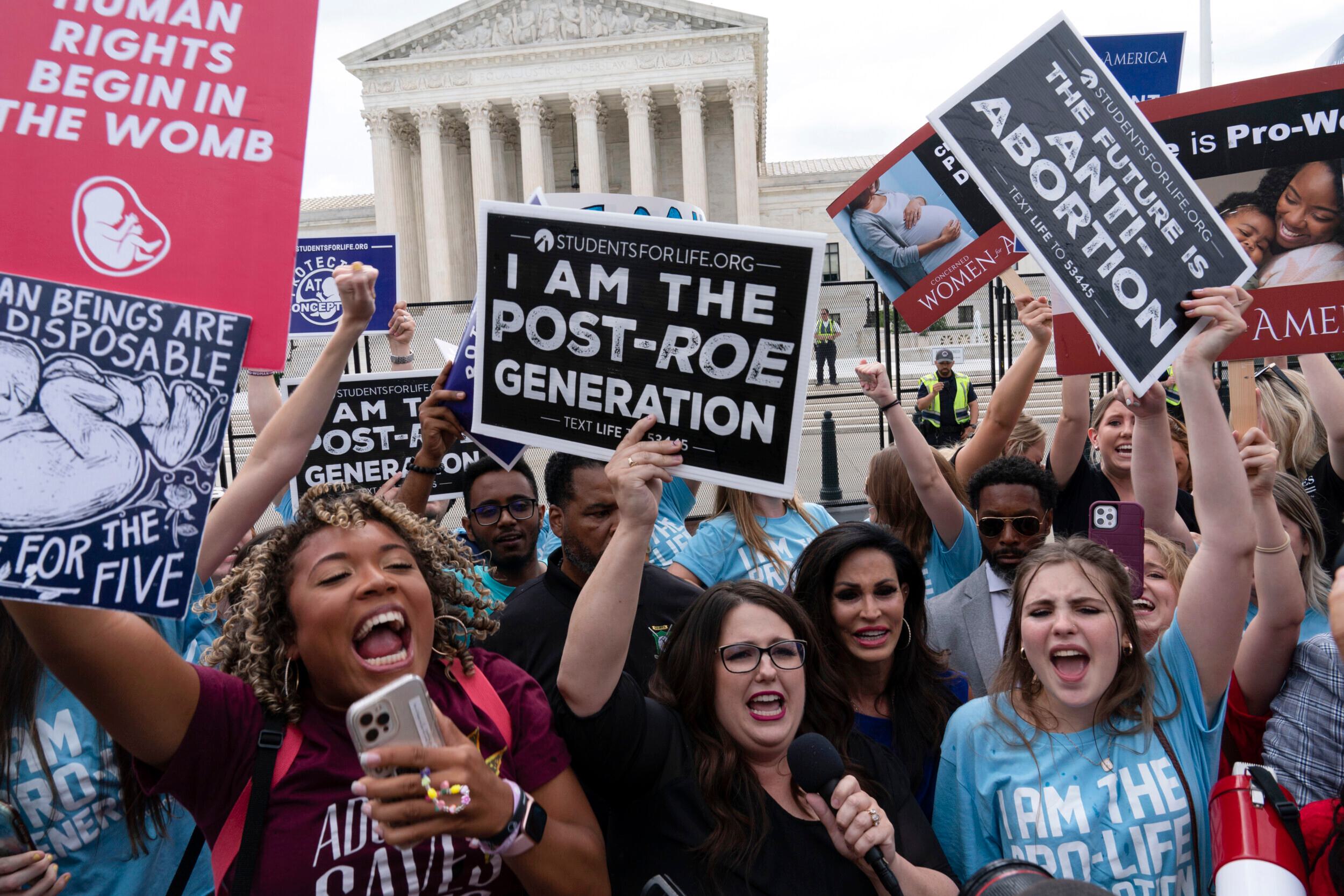Friday morning, the Supreme Court of the United States (SCOTUS) officially released its decision to overturn the 1973 Roe v. Wade decision, changing the landscape of abortion policy in the nation.
The 6-3 decision will allow states to set their own laws on abortion. The decision in Dobbs v. Jackson Women's Health Organization upheld a Mississippi law banning abortion after 15 weeks of pregnancy. Roe has allowed for abortions for up to 6 months, so now states can act without being challenged in federal court over their decision to ban abortion after a certain time.
Justice Samuel Alito wrote the majority opinion.
"The Constitution does not confer a right to abortion; Roe and Casey are overruled; and the authority to regulate abortion is returned to the people and their elected representatives," the decision stated.
SEE ALSO: Alabama state leaders react to Supreme Court ruling overturning Roe v. Wade
And Federal Judge lifts injunction on Alabama’s Human Life Protection Act
Stricter laws on abortion are expected to be enacted in some states.
“The Constitution makes no reference to abortion, and no such right is implicitly protected by any constitutional provision, including the one on which the defenders of Roe and Casey now chiefly rely — the Due Process Clause of the Fourteenth Amendment,” Alito wrote. “That provision has been held to guarantee some rights that are not mentioned in the Constitution, but any such right must be ‘deeply rooted in this Nation’s history and tradition’ and ’implicit in the concept of ordered liberty.”
Justices disagreeing with the majority said the opinion takes away the rights of a woman as soon as she gets pregnant.
“A State can force her to bring a pregnancy to term, even at the steepest personal and familial costs,” they wrote. ″An abortion restriction, the majority holds, is permissible whenever rational, the lowest level of scrutiny known to the law. And because, as the Court has often stated, protecting fetal life is rational, States will feel free to enact all manner of restrictions.”
The ruling Friday came as no surprise after the leaking of an apparent first draft of the opinion in May.
Since then, protests and rallies have taken place against the SCOTUS, and the Department of Homeland Security warned of threats against justices if Roe v. Wade was overturned.
To read the official decision in its entirety, click here.
Almost half the states have laws in place or at the ready to curtail or outlaw abortion, while others have laws that would preserve its legality. Questions on whether and how to limit abortions are expected to continue roiling state legislative debates.
In 2019, the Alabama Legislature passed a near-total ban on abortion, the Alabama Human Life Protection Act, but it was put on hold when U.S. District Judge Myron Thompson issued a preliminary injunction to keep it from taking effect.
The decision also is a defining moment for a Supreme Court that is more conservative than it has been in many decades, a shift in legal thinking made possible after President Donald Trump placed three justices on the court. Two of them succeeded justices who voted to affirm abortion rights.
To connect with the author of this story, or to comment, email erica.thomas@1819news.com.
Don’t miss out! Subscribe to our newsletter and get our top stories every weekday morning.










